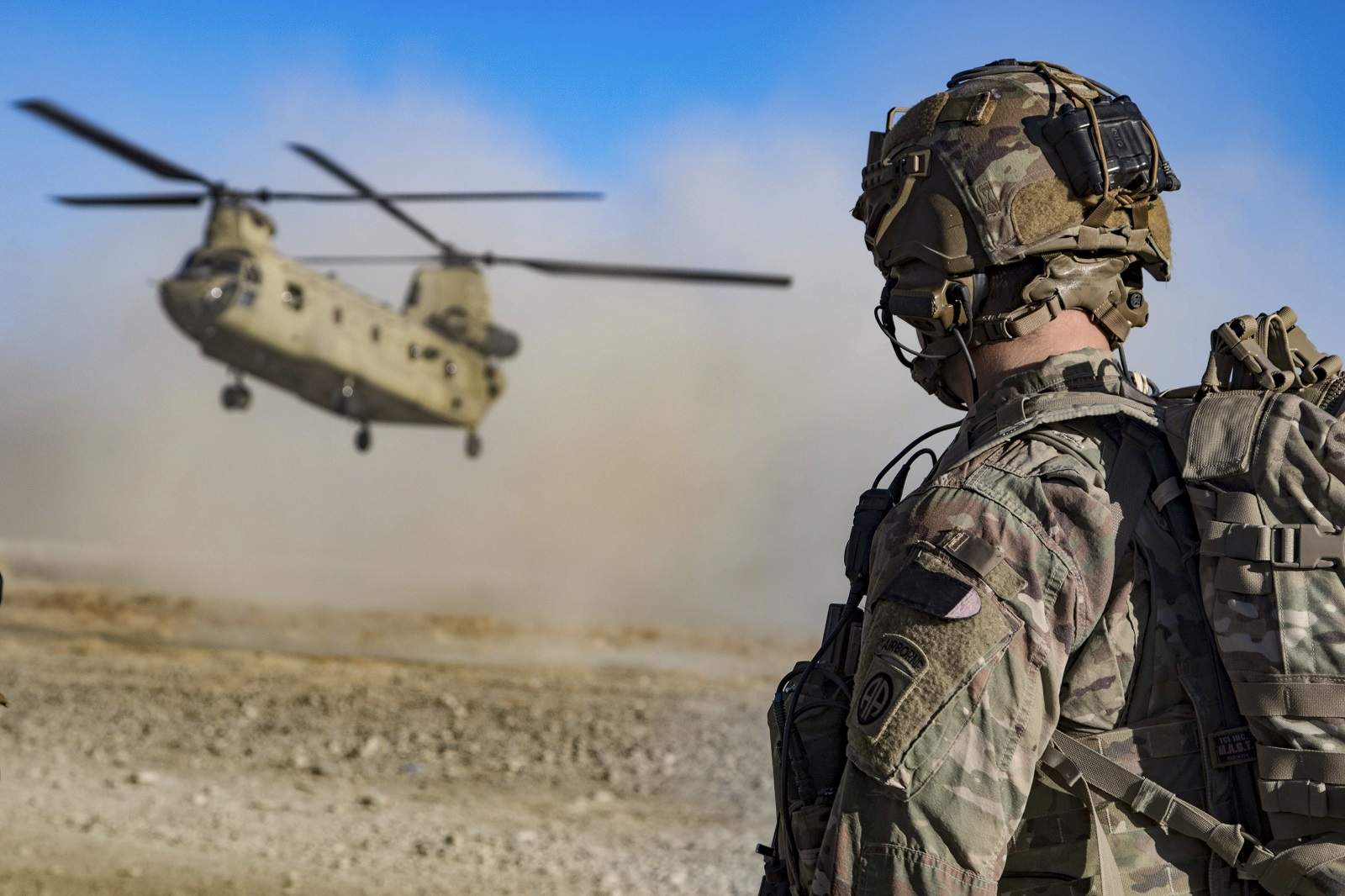A full withdrawal from Afghanistan is a costly blunder and failure of leadership.

U.S. President Joe Biden’s decision to withdraw the United States’ remaining military forces from Afghanistan rests far more on domestic politics than on national security strategy. In 2020, he campaigned on the issue. He said last week, “It’s time to end the forever war.” We should “be focused on the reason we went in the first place: to ensure Afghanistan would not be used as a base from which to attack our homeland again. We did that. We accomplished that objective.”
Biden sounds like his predecessor, Donald Trump, whom I served as national security advisor. That’s no surprise, as Biden is carrying out Trump’s policy with only slight modifications. Media coverage of Biden’s April 14 announcement has noted widespread public support for bringing the troops home. The American people are tired of foreign military engagements, or so the pundits tell us; they’re tired of Afghanistan, tired of Iraq, tired of Syria, tired of terrorism, tired of the Middle East—just plain tired. The chattering classes agree, academics agree, Democrats almost unanimously agree, and even some Republicans agree.
They are all wrong.
The basic national security goal that all U.S. leaders must pursue is to define their country’s strategic interests and how to protect them. Politicians must then justify how they propose to defend the country against external threats and to muster the necessary resources. When leaders do not explain hard realities, the public’s resolve flags, which politicians then use to justify their own hesitancy to make hard decisions. In effect, weak politicians switch cause for effect, levying responsibility on the people instead of themselves. Under Trump and former President Barack Obama, and now perhaps Biden, it wasn’t the public that was weak but its leaders, who were unwilling or unable to do their job.
Afghanistan proves the point. If the Taliban return to power in all or most of the country, the almost universal view in Washington today is the near certainty that al Qaeda, the Islamic State, and others will resume using Afghanistan as a base of operations. On April 14, Biden said that terrorism had evolved since the 2001 assault on the Taliban and that “the threat has become more dispersed, metastasizing around the globe.” Of course it has. That’s because the United States and its NATO allies have substantially denied al Qaeda its preferred safe haven for 20 years. Terrorists had to go elsewhere, seeking Middle Eastern or African zones of anarchy, because they had no choice. But make no mistake: Afghanistan, more remote particularly from the United States, is their preferred staging ground.
In Biden’s own words, the United States obviously cannot “ensure” that terrorists will not again use a Taliban-dominated Afghanistan as a base to strike the U.S. homeland. Biden recognizes this danger by saying the United States will maintain “our counterterrorism capabilities and the substantial assets in the region” to guard against a future strike. Blunt geography, however, shows Biden is wrong to think that the United States can have comparably effective counterterrorism and intelligence-gathering assets after departing Afghanistan. After all, Osama bin Laden settled there after being expelled from other countries precisely because its remoteness made it attractive. The map hasn’t changed.
And what exactly is the United States doing today in Afghanistan? To the proponents of withdrawal, it has been 20 years of endless, daily, bloody combat. But this narrative is false, especially during the last seven years following the transition of NATO’s International Security Assistance Force into Operation Resolute Support. Afghanistan remains extraordinarily dangerous, and there have been casualties, but the last U.S. combat death occurred in February 2020. Moreover, there is no proof of real financial savings from withdrawing the approximately 3,500 remaining U.S. military personnel; the costs for Washington may well increase after the withdrawal because of the greater distances that must be overcome for any future operations.
Moreover, U.S. allies are performing a key mission in Afghanistan: training, advising, and assisting the Afghan National Army and other security forces. This is not combat. The roughly 10,000 troops from NATO members and nonmembers deployed as part of Resolute Support are a much-reduced presence from the International Security Assistance Force’s peak of 130,000. Their departure alongside that of U.S. troops is a severe blow to a free Afghanistan.
